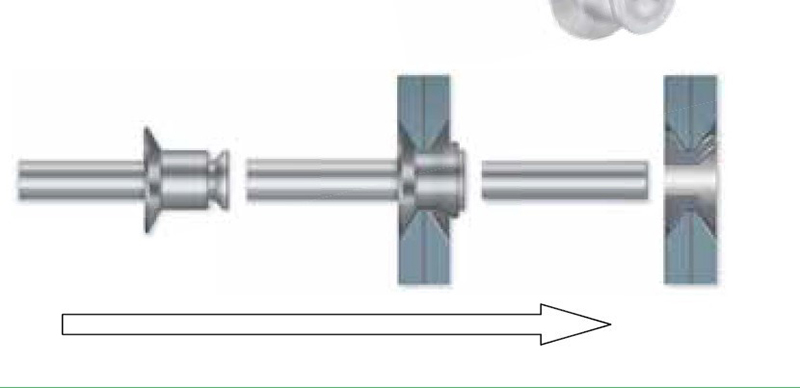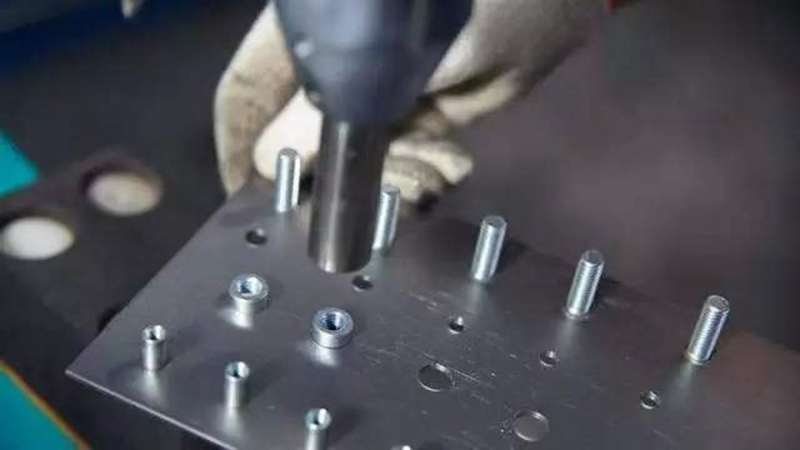When designing riveted structures, it is usually based on the bearing capacity and specific requirements, selecting the riveting joint form according to the riveting specifications, and determining the relevant structural parameters, rivet diameter, and quantity. The material of rivets must have good plasticity and no hardening. To avoid the influence of different expansion coefficients on the strength of riveted joints or the occurrence of electrochemical reactions when in contact with corrosive media, the material of rivets should generally be the same or similar to that of the riveted parts.
The commonly used rivet materials include steel rivets, copper rivets, and aluminum rivets.
1. The riveting thickness generally does not exceed 5 times the diameter of the rivet.
2. The bearing capacity of punching riveting is reduced by about 20% compared to drilling riveting.
3. The number of rivets parallel to the load direction should not exceed 6, but should not be less than 2. The diameter of rivets in the same structure should be as uniform as possible, with a maximum of two types.
4. When using multiple rows of rivets for the beam, try to arrange the rivets in a staggered manner to improve the strength factor of the riveting.
5. The allowable stress of rivets made on the construction site should be appropriately reduced.
6. When riveting multiple layers of boards, the interfaces of each layer need to be staggered.
7. When the plate thickness is greater than 4mm, edge banding is only carried out; When the plate thickness is less than 4mm and there is a high requirement for tightness, linen cloth coated with lead can be placed between the steel plates to achieve tightness.
Post time: Aug-24-2023



